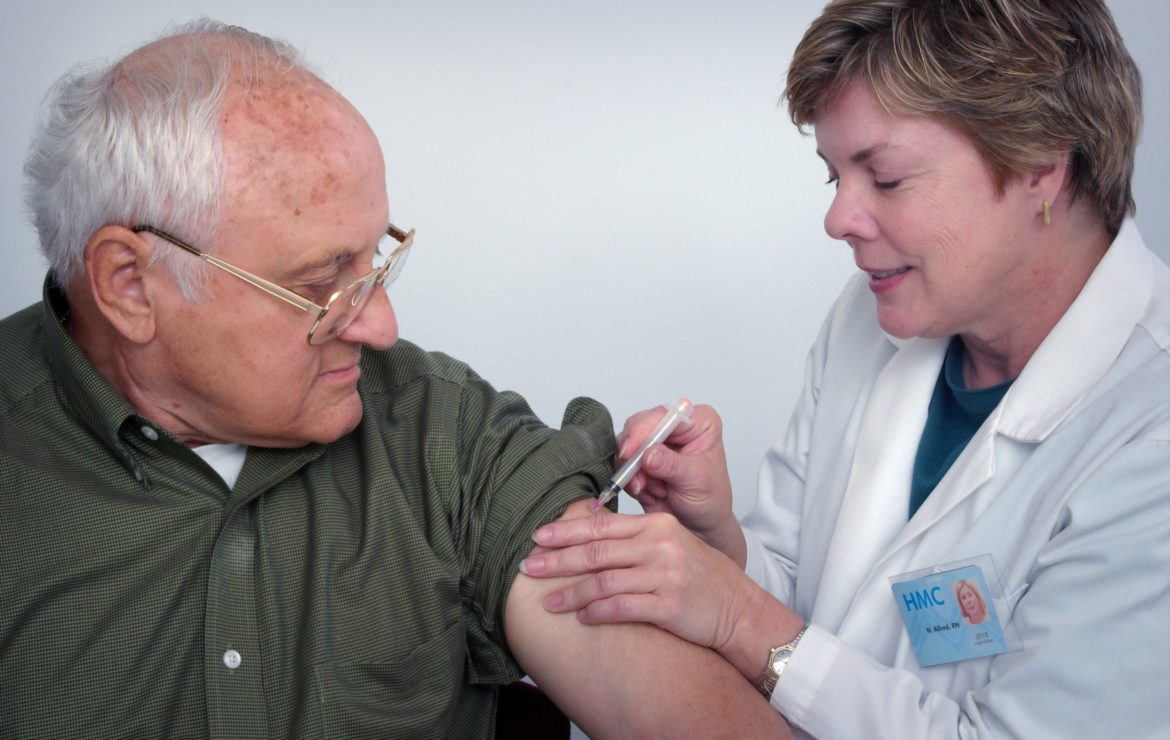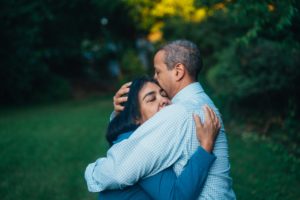What To Do If Someone In Your House Has Covid – Senior Edition

Caring for someone with COVID at home or in a non-medical setting can be very challenging, especially if the individual is at a higher risk to get severely ill from COVID – according to the Centers for Disease Control and Prevention (CDC), older adults (65+) and/or individuals with certain medical conditions such as cardiovascular diseases are at an increased risk of getting severely ill from COVID. It is always recommended to speak with your medical provider about the steps you can take to treat COVID at home. If you have mild to moderate symptoms of COVID and are advised to stay at home as part of your treatment, make sure you have someone that can assist you with the daily tasks – that someone can be a family member, or a home health caregiver.
Signs and symptoms of COVID
COVID doesn’t effect everyone equally; symptoms and severity can vary depending on certain factors including lifestyle choices and/or if any underlying medical conditions are present. Symptoms may appear 2-14 days after exposure to the virus:
- Fever or chills
- Cough
- Shortness of breath or difficulty breathing
- Fatigue
- Muscle or body aches
- Headache
- New loss of taste or smell
- Sore throat
- Congestion or runny nose
- Nausea or vomiting
- Diarrhea
Seek emergency medical care immediately if you or a loved one is showing any of these symptoms:
- Trouble breathing
- Persistent pain or pressure in the chest
- New confusion
- Inability to wake or stay awake
- Pale, gray, or blue-colored skin, lips, or nail beds, depending on skin tone
Does not contain all possible symptoms; please call your doctor for any other concerning symptoms.
Instructions for the patient
Stay at home
If you are not in an emergency and the symptoms you are experiencing are manageable, staying at home is one of the best things you can do to protect yourself and others. It’s important to stay calm and not to stress over it – majority of COVID cases are mild and can be treated at home. COVID is easily transmitted via respiratory droplets that are produced when an infected person sneezes or coughs, so it’s very important to impose self quarantine at home; do not go out unless when seeking medical care.
- Do not go to work, community events, grocery store, or other public areas
- If you need to get groceries, use a food delivery service such as Uber Eats, or ask your caregiver/family to get food and other essentials
- Do not leave your home unless you need medical attention
- If you don’t live alone, stay in a separate room. If possible, this room should be well ventilated, with an open window
- Avoid having guests/visitors
Monitor your symptoms
It is very crucial to keep track of your symptoms and their progression, and as well as make note of any other concerning symptoms. Follow the instructions from your medical provider and local health department.
- Monitor your symptoms periodically for two weeks
- Seek medical emergency if your symptoms worsen or if you show any of these signs
Keep a safe distance from people
We’ve heard the importance of keeping 6-feet away from strangers because of how easily COVID can spread among people who are in close contact for a prolonged period of time. If you must leave your home (e.g. getting medical attention), always practice safe distancing:
- Know and follow the guidance from local public health authorities where you live
- When traveling, consider social distancing options
- Limit contact when running errands
- Choose safe social activities
- Avoid crowded indoor places
Cover up when coughing or sneezing
One of the fastest ways that COVID can be transmitted is via coughing or sneezing.
- Cover your mouth and nose with a tissue or cloth when sneezing or coughing
- Dispose of the used tissue/cloth
- Wash your hands often with soap and water for at least 20 seconds OR you can also clean your hands with an alcohol-based hand sanitizer that contains over 60% alcohol.
Wash your hands often
- Wash your hands often with soap and water for minimum 20 seconds. Use disposable towel paper to dry your hands.
- Use hand sanitizer – especially when leaving your home. Make sure the sanitizer has over 60% alcohol.
- Avoid touching your eyes, nose and mouth with unwashed hands
Do not share household items
- Do not share eating utensils like dishes, drinking glasses, towels, cups, bedding or other equipment that is/was used by someone else
- If you have to use an item that is mutually used, make sure to cleanse it thoroughly before and after usage
Clean high touch surfaces often and thoroughly
High touch surfaces include kitchen counters, door knobs, and even light switches. Anything that is touched daily should be cleaned before and after usage.
- Bathroom: Clean and disinfect everything that you touched in the bathroom after each use. Your caregiver should be able to clean and disinfect the things you touched if you cannot do it yourself
- Kitchen: Refrigerator door handles, counter, cabinets, utensils
- Living area: TV remotes, sofa, chairs, tables
- Misc: door knobs, light switches, mobility equipment (if shared/touched by other members of the household)
Do your laundry
- Use regular detergent at the advised amount
- Laundry does not have to be separated before washing
- If a caregiver/family member is helping you with laundry, make sure they wear gloves when handling your clothes. They should wash their hands thoroughly afterwards
Dispose of items safely
- All disposable items such as gloves and some face masks should be carefully placed inside the thrash can
Instructions for the caregiver/family member
- One caregiver/family member should be the primary care taker – they should be in good health
- If the patient can’t wear a face mask, make sure you do at all times when near them
- Wear gloves
- Wash your hands often, especially after helping the patient
- Disinfect high-touch surfaces like door knobs or light switches
- Monitor your own health
- during the time you care for the patient
- 14 days after you stop caring for the patient
- Monitor the health of the patient for 2 weeks after the COVID diagnosis, look for:
- fever; temperature higher than 100.4 F or 38 C
- worsening of existing symptoms
- shortness of breath
- nausea, vomiting, and or diarrhea
- Be on stand-by for any emergencies. Keep open channel of communication with the patient AT ALL TIMES!
How to stop the spread of COVID
Get vaccinated
About 92% of older adults (65+) have had at least one vaccine dosage, and over 81% are fully vaccinated. In our opinion, the 3 main reasons why older adults should get vaccinated (find a vaccination center in Palm Beach or Broward) are:
- Older adults are eligible for vaccination (includes at home vaccination, and other special accommodations)
- Virus is exponentially worse the older you are
- Vaccination is an effective method of managing COVID
Wear a mask
Everyone should wear a face cover (i.e. cloth or regular k95 mask) when going out in public. Individuals who are sick and don’t live alone should wear a mask to avoid infecting household members.
Do:
- Make sure you can breath through your face cover
- Wear it in public places – indoor or outdoor
- Covers your nose & mouth, and it’s not loose on the sides – should fit your face comfortably
- Wash it often
- Dry your face before covering
Don’t:
- Touch your eyes, nose or mouth when you remove the mask
- Touch the front part of your mask when taking it off
- Use if you have trouble breathing
Disinfect & wash your hands
- Disinfect commonly touch surfaces like door knobs or chairs
- Wash your hands: Use soap and water, rinse your hands, then apply soap thoroughly, and wash with warm water for 20 seconds minimum. Use hand sanitizer that contains over 60& alcohol
Keep 6-feet distance
Cover your sneezes & coughs
- Cover your nose and mouth with a tissue when you sneeze or cough
- Dispose of used tissues, then wash your hands thoroughly








